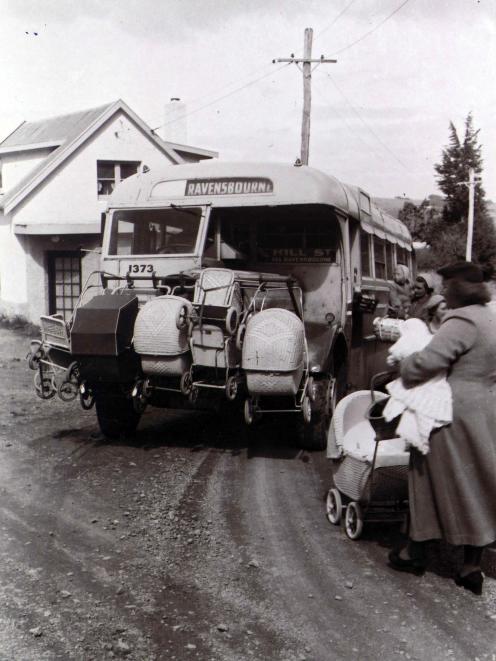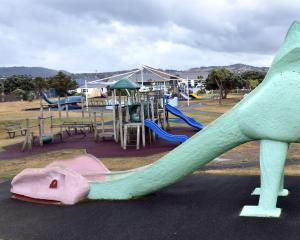It was both the first time, and the last time, Jordan Te Pana took the bus to Ravensbourne yesterday.
The Dunedin massage therapist has recently moved to the upper slopes of the port line suburb, and had only just realised the bus went on its steep and circuitous route high on to the hill.
She was one of about 10 on the bus that — as far as can be ascertained — has serviced the route since the 1930s.

The route change is part of the third and biggest phase of the Otago Regional Council’s Dunedin bus network changes.

New timetable booklets have been delivered throughout the city in an initiative the ORC says is aimed at increasing bus patronage and attracting a new generation to buses.
ORC support services manager Gerard Collings has said the changes would make the service more sustainable and efficient, with buses arriving more frequently on many routes. But Ms Te Pana said she was "absolutely gutted" to find the service that took her up the hill to her home had gone as soon as she discovered it.
The change that meant the bus would stop only on State Highway 88 at Ravensbourne meant a long, steep walk for her, or that she would have to get a driver’s licence.
"I’m right at the top of the hill," she said.
Owain Morris took the last trip that led up and down thin, steep, concrete roads and skirted alarmingly close to both cars on one side, and the road’s edge on the other, as it negotiated the tight bends of Ravensbourne.
Mr Morris was "very sad for all the people that live up there," and also nostalgic, as he had used the service when he lived in the suburb from the 1950s.
"It’s a long bloody walk," he said of the hill climb.
Comments
ORC now rates 'directness' of routes as the highest value in network planning. It may simplify things for planners and service providers but it is not the best for users. Users most need 'connectivity' i.e. routes which take them from where they are to where they want to go city-wide. 'Directness' implies a centralized system, traditional for 9 to 5 central city commuter traffic, whereas many overseas cities are moving more towards flexible distributed systems based on varying connectivity needs. I wonder whether the same hub and spokes/radial bus network model being used throughout New Zealand is based on what the government paid for during the re-build of Christchurch. But not all cities are wide and flat. Most Dunedin bus routes need strategic meanders, especially on hills, or they will deter patronage. Most of the new changes are good e.g. clock-face scheduling and consistent routes. But cutting five minute strategic loops for the sake of 'directness' is spoiling the ship for a ha'penny worth of tar.












